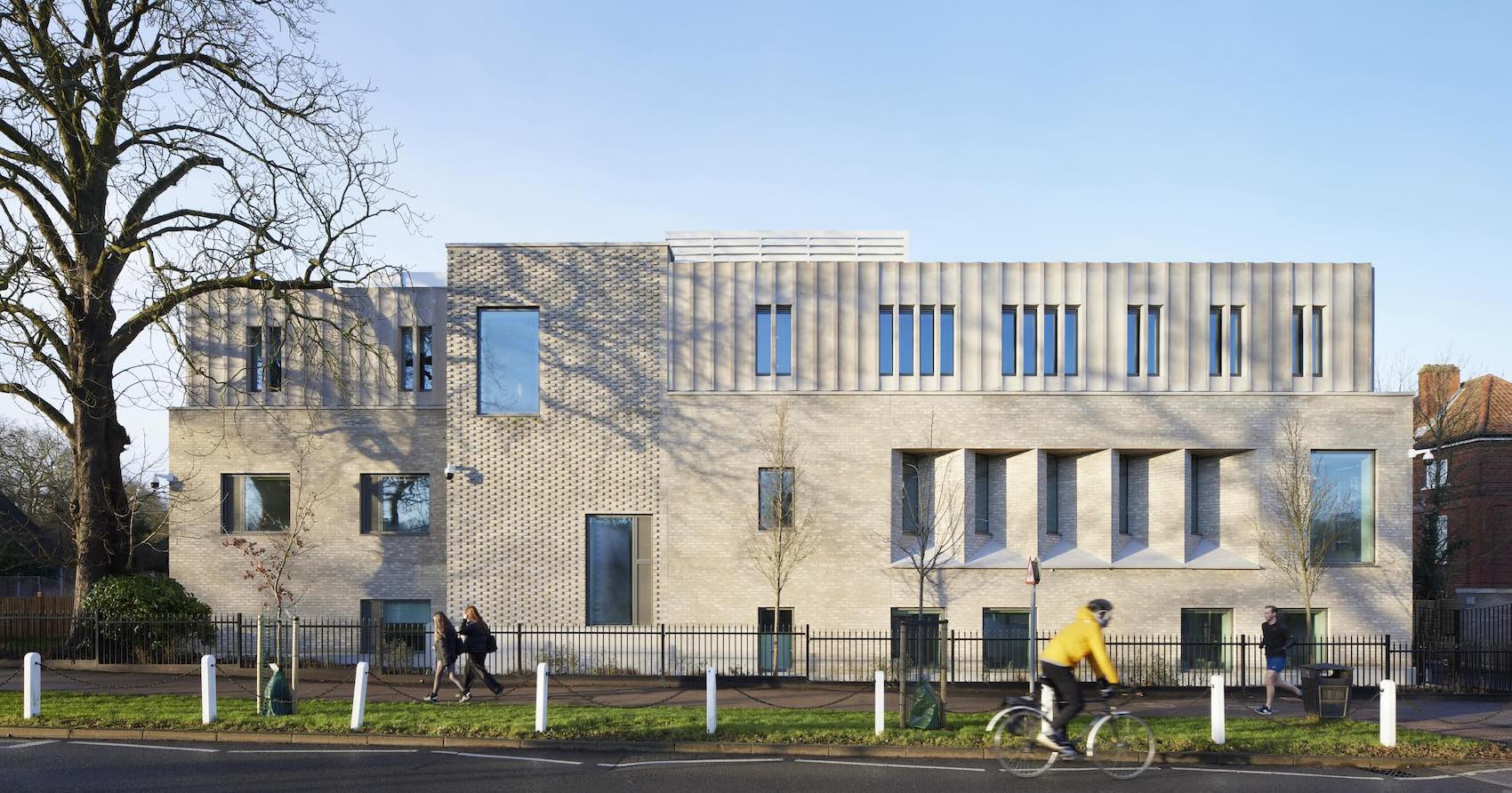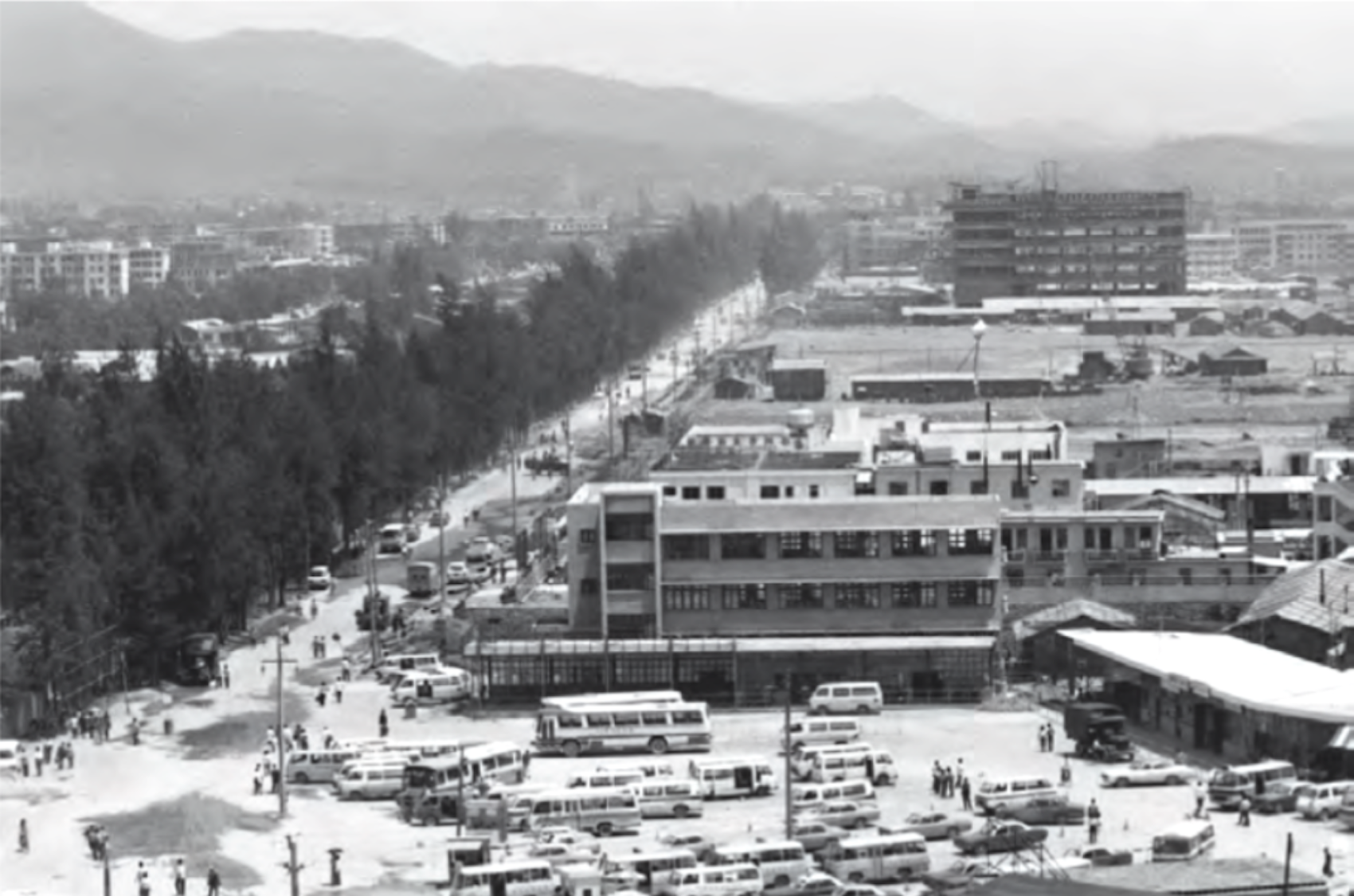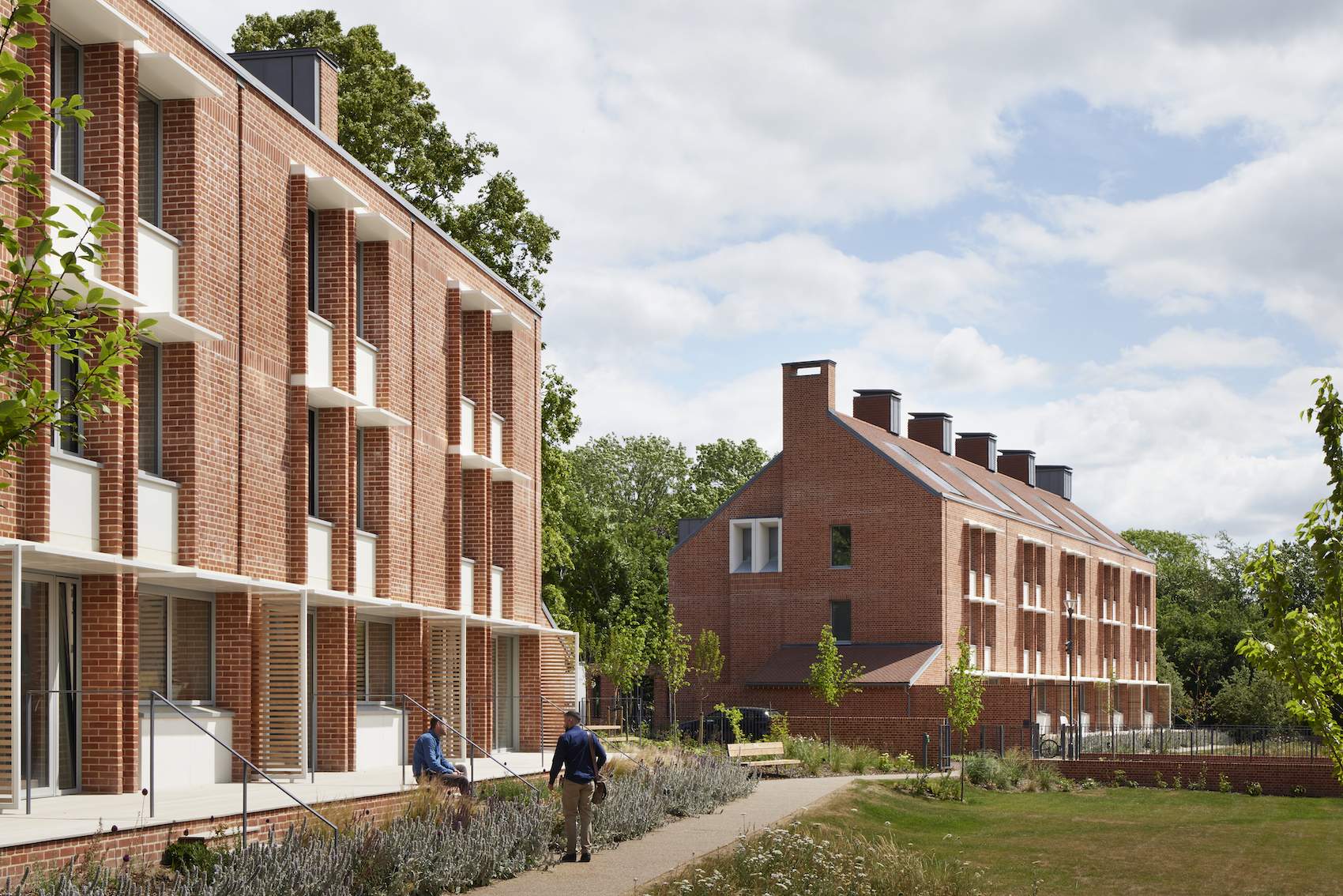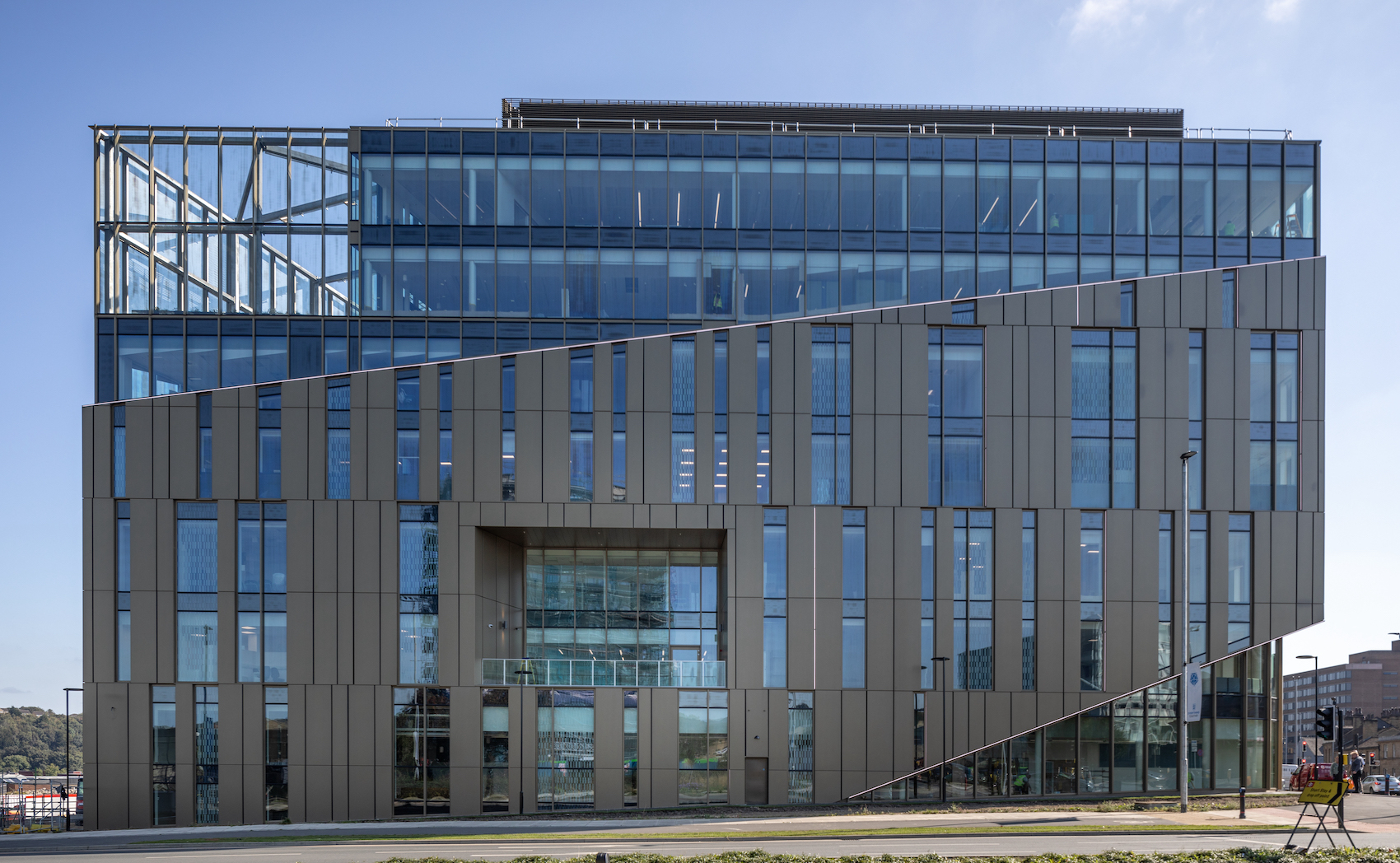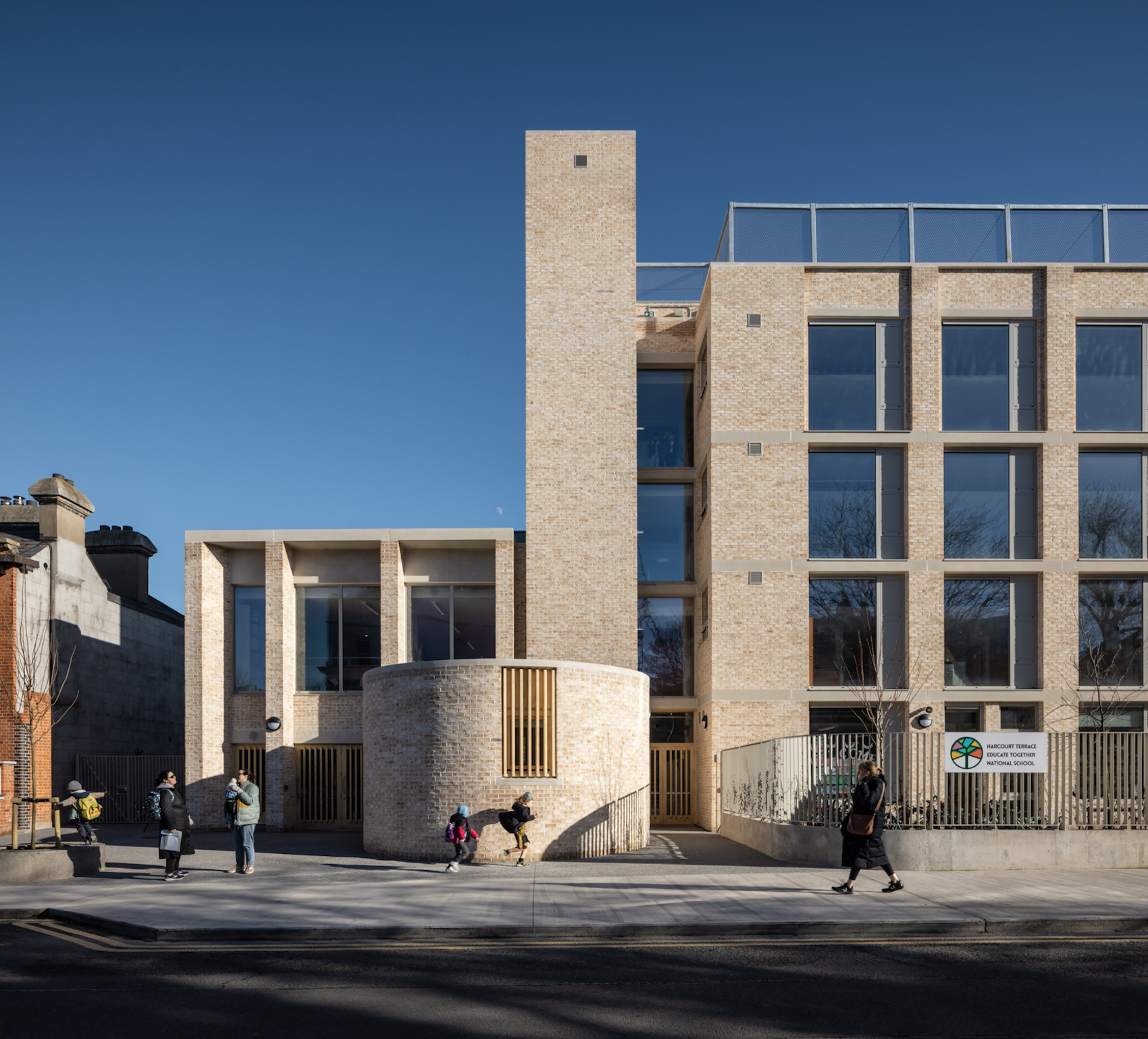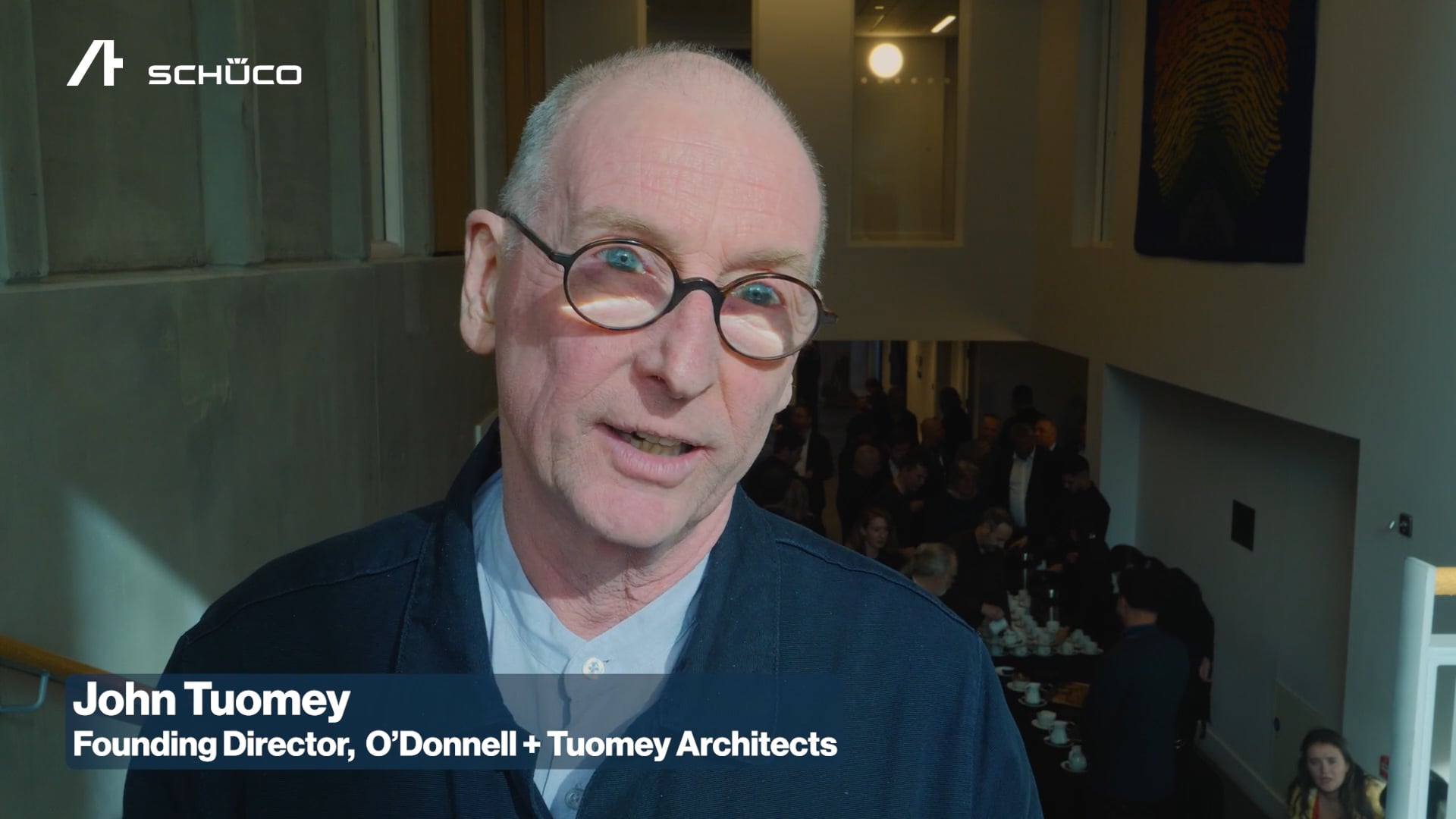Simón Santamaria has produced a learning module on fire safety for School of Specification. He explains why the early and continuous involvement of a fire safety engineer is crucial to achieving sustainability targets without compromising safety.
What are the most common misconceptions around fire safety?
The most common, and probably the most dangerous misconception, is that fire safety can be addressed as a tick-box, routine and repetitive exercise that seeks to meet minimum requirements; a misconception that neglects the complexity inherent to fire safety and seeks to bypass safety through a narrow understanding of compliance, where context and background are not properly considered.
Too often, engineers, consultants, architects and contractors take a passive approach to fire safety, relying on prescriptive guidance without understanding the assumptions that underpin that guidance and how those assumptions define the limitations of their application. This was clearly highlighted by the Grenfell Tower Inquiry as well as the Building a Safer Future report by Dame Judith Hackitt, and it is at the core of the push for competence in our industry, exemplified by the requirements of the Building Safety Act.
Fire safety in the built environment is a discipline that requires a holistic assessment of a complex system, one that includes the structure, the occupants, the fire behaviour, the fire service operation and the environment. A fire-safe design will be one that explicitly considers performance, rigorously identifies uncertainty and consistently addresses that uncertainty through a combination of knowledge and experience.
Another common misconception is that fire safety is a limitation or an obstacle, existing only to hinder progress and prevent innovation. In fact, fire safety engineering is dedicated to enabling architectural design, innovation and progress in a way that is safe and sustainable. This can only be achieved by the creation of a robust fire safety strategy that accurately captures the performance of the system (the building, its occupants and fire safety provisions) in the event of a fire.
Are there tensions between sustainability and fire safety?
I believe that more often than not, the tensions between sustainability and fire safety are a direct consequence of the lack of involvement of fire safety engineers when discussing sustainable technologies, materials or approaches to building design.
Fire safety engineers have the knowledge, skill and understanding required to enable bold architectural visions and sustainable designs in a safe, reliable and resilient manner. Whether the sustainable considerations relate to the use of mass timber, battery storage systems, photovoltaic panels or any other form of technology or materials, the early and continuous involvement of a fire safety engineer is crucial to ensuring the project can achieve sustainability targets without compromising safety.
Safety and sustainability are not opposite or competing targets. That is another misconception. However, addressing safety as an afterthought and framing the conversation as a zero-sum game can lead to the mindset that often prevails in our industry, where sustainability targets are abandoned as projects progress and unacceptable risks are identified. The capacity of the design team and particularly, of the fire safety engineer, to mitigate the risks introduce by innovation is inherently linked to early and continuous engagement.
When do projects need a fire safety engineer?
As early as possible! As discussed above, fire safety engineers are an integral part of the design team and their input can keep the gap between architectural intent and implementation as narrow as possible, while ensuring that the building will achieve a high level of safety through its lifecycle.
Join Unit 1 of Simón Santamaria’s module on fire safety FREE OF CHARGE at: www.schoolofspecification.co.uk/courses/fire-safety



